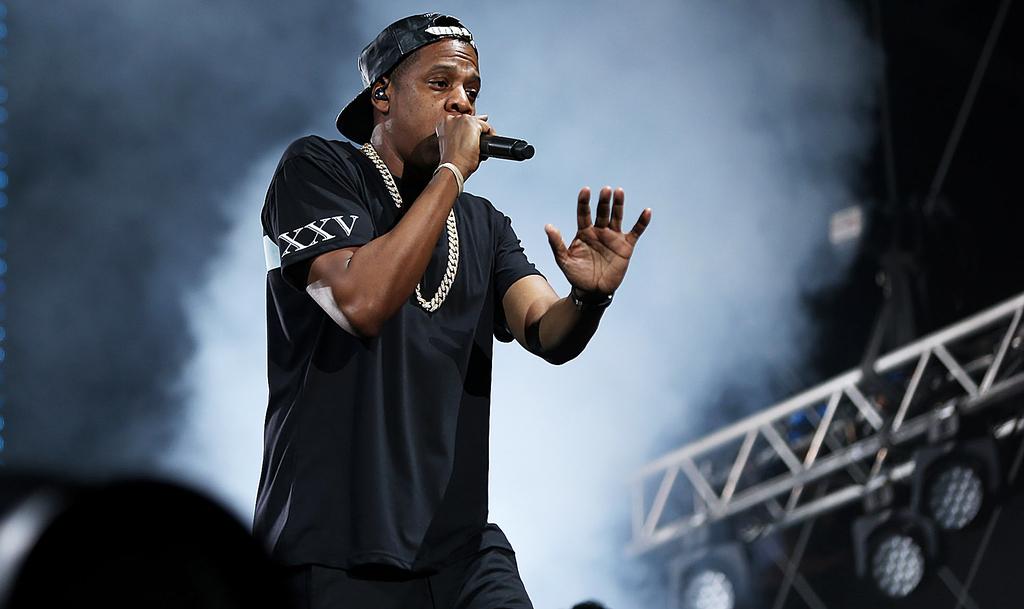“Hip-hop is the streets. Hip-hop is a couple of elements that comes from back in the days … that feel of music with urgency that speaks to you. It speaks to your livelihood, and it’s not compromised. It’s blunt. It’s raw, straight off the street – from the beat to the voice to the words.”- NAS
We want to pay tribute to the most influential cultural movement of the past 50 years with a new editorial column, entitled: “Hip Hop 50”.
A weekly appointment to celebrate the invaluable contribution this subculture has made to almost every aspect of modern society — without exception — since it was born 50 years ago on that momentous date of August 11, 1973.
Learn how Hip Hop has revolutionized the musical landscape, trends, styles, attitudes and lifestyle for half a century.
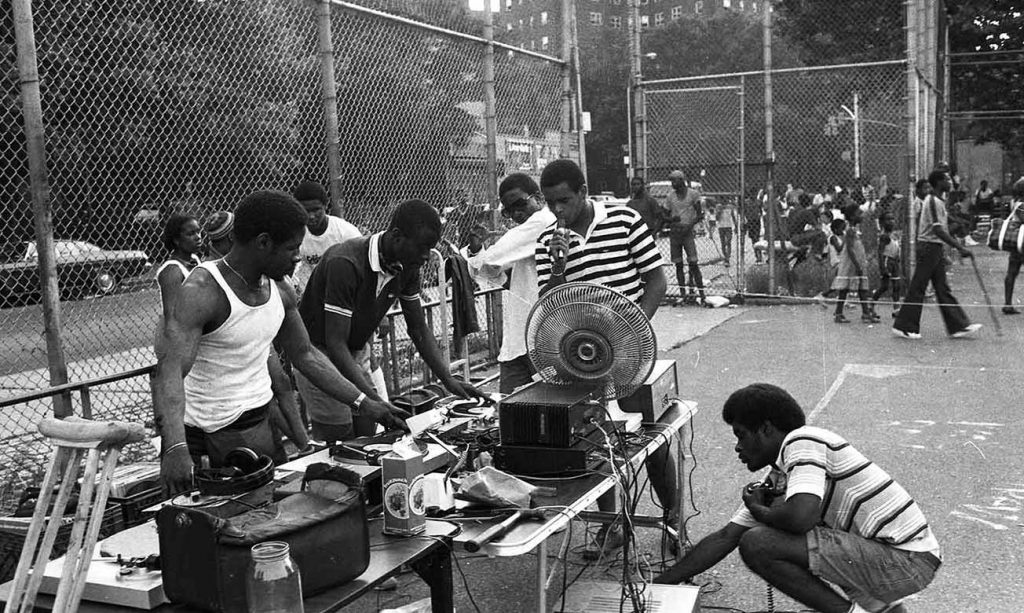
As we mentioned in the intro, the date of the movement’s birth can be traced back to August 11, 1973, when a young African-American girl in NY decided to throw a party in her apartment at 1520 Sedgwick Avenue in the Bronx – New York, allowing her older brother to perform as a DJ, in front of an audience of friends from the neighborhood.
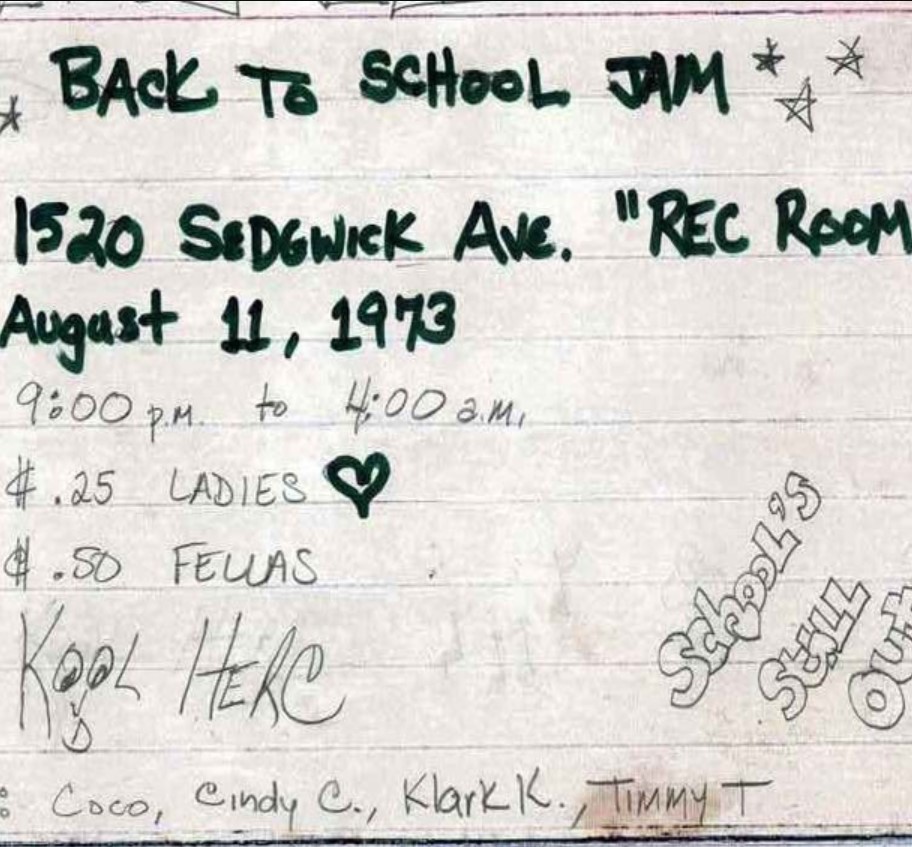
The bold little girl’s brother’s name is Clive Campbell, aka DJ Kool Herc: a self-taught musician who has invented a revolutionary technique that allows, with only two turntables and a mixer, to loop different rhythm sections from two or more records.
Without knowing it, Clive would change the musical landscape forever.
This beat is associated with a specific name, rooted in highly rhythmic African American dances: Hip-literally knowledge, and Hop, meaning “jump,” “movement.” In the ghettos of the South Bronx, besieged by delinquency and social marginalization, this dance spreads, which like a tribal ritual keeps all the critical issues of the street at bay.

Its expansion leads to a real change, especially among the youngest, who grew up in the midst of gangs and utmost poverty, becoming a proponent of a certain redemption: a relaxed atmosphere of sharing and respite begins to breathe among the people.
Block parties-the illegal parties during which the various artists linked to the scene perform-help aggregation even among rival gangs, who, instead of guns and knives, challenge each other to the sounds of Freestyle and Breakdance. Criminal gangs become crews composed of B-Boys, Writers, Mcs and DJs, who share a sense of belonging and brotherhood.
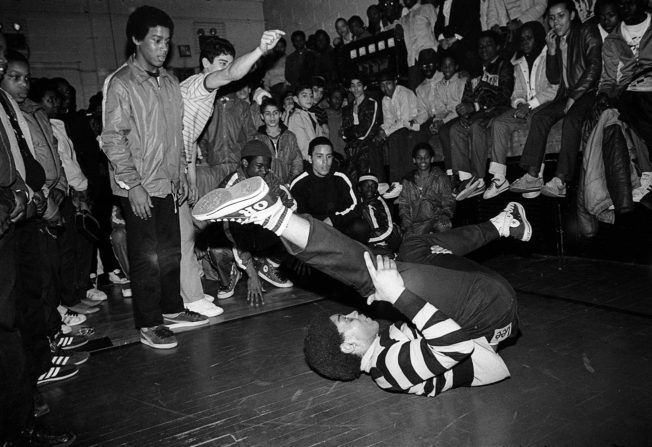
A new and great energy stirs the neighborhoods, spreads like wildfire, assisted by the music fired loudly by Boomboxes; consolidated the following year with the birth of what will be the first artist of the genre, the African-American “Afrika Bambaata” – pseudonym of Lance Taylor, founder also of the “Universal Zulu Nation,” an association that – in addition to music – assists young people by helping them not to delinquent.
The Hip Hop subculture is based on the fundamental principle of Multiculturalism: each figure represents an ethnic group they belong to, which together help nurture its culture, while also fostering inclusion from within.
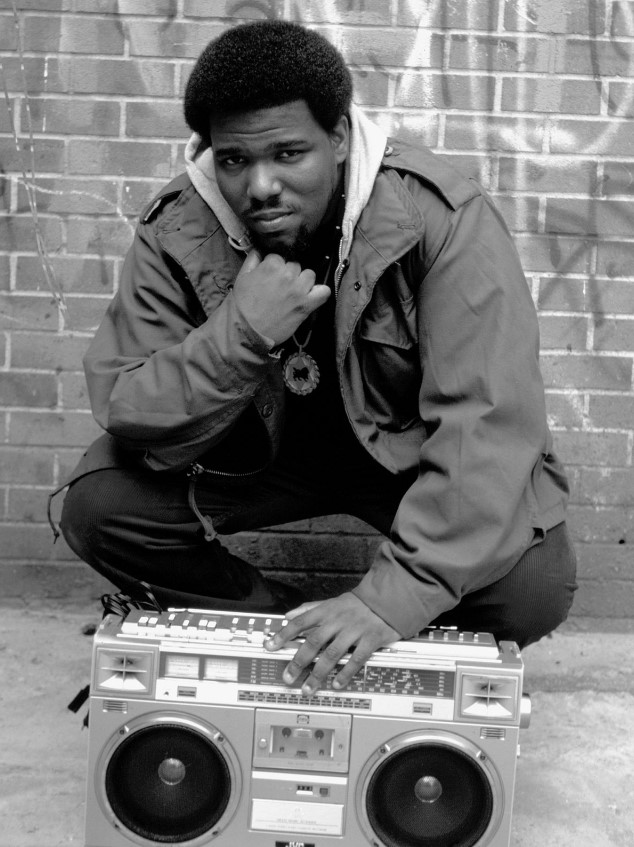
A well-organized and structured “family,” where everyone does their part, on behalf of the Crew.
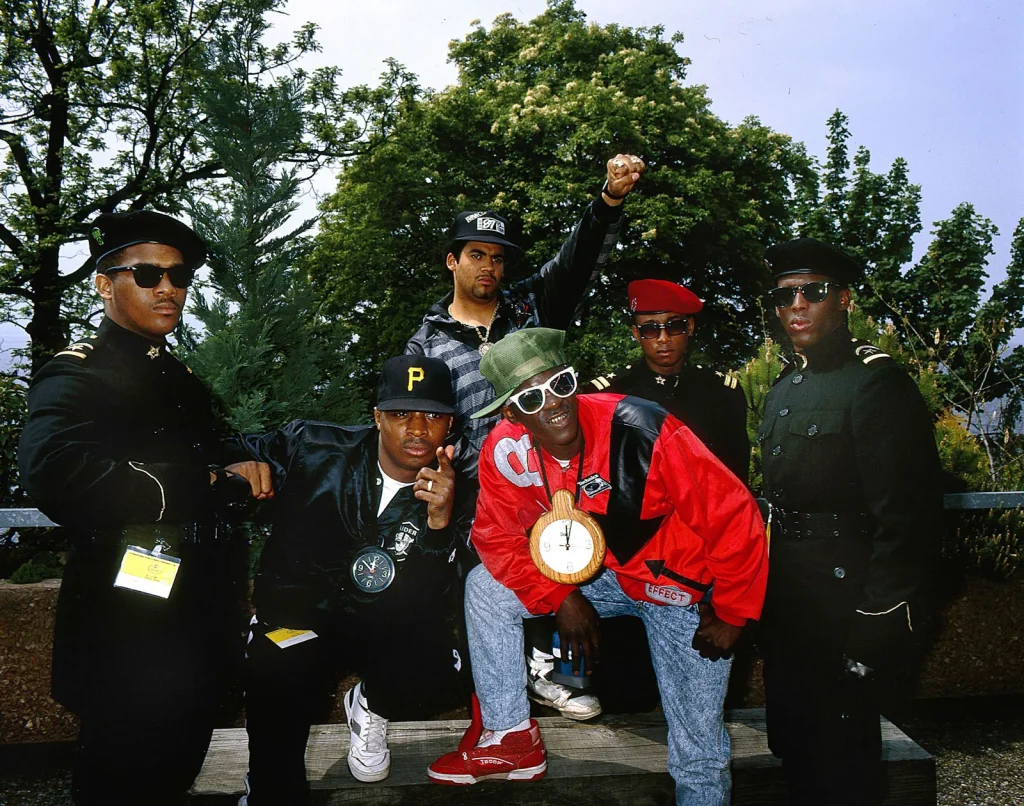
One of the most powerful symbols of Old School Hip Hop in the 1970s and 1980s is Breakdance, so much so that it is included in its four founding disciplines of the movement.
Break spread as an alternative to the fights and difficult social situations in which the ghettos of NY found themselves: in this way, street gangs shifted their rivalry to dance, battling in challenges between street dancers, resulting in impromptu and fascinating performances on every street corner.
From the 1980s onward, the break style undergoes an evolution into Funk dance, such as Popping and Locking, which along with Breakdance will be the most danced styles of Hip Hop.
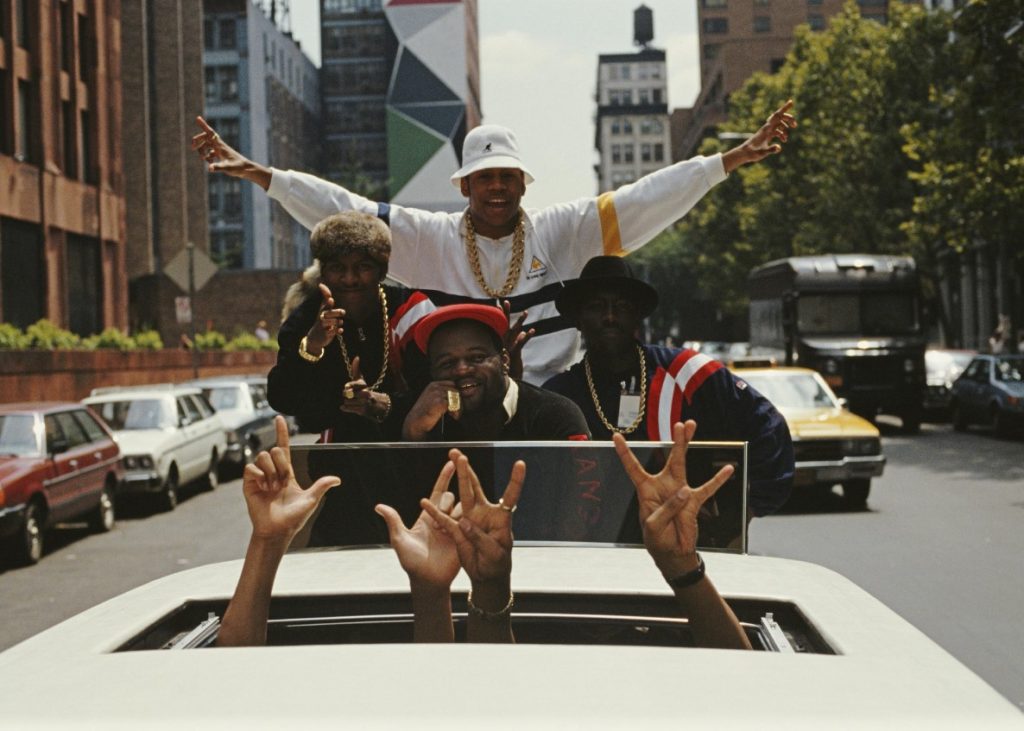
The New School begins in the late 1980s with the emergence of the “second generation” of rappers and artists who no longer base their philosophy on challenge and competition, but on attitude and quality of things produced, in the name of the scene.
Very important in this historical phase is the Flow, or “imprint” that each rapper infuses into his rhymes, the style that distinguishes each bar; the New School makes Hip Hop acquire new clothes, new attitudes and an alternative lifestyle, compared to the previous one.

The street was completely cleaned up, and Hip Hop artists made enough money that they had to flaunt it, at all costs.
From the late 1980s to the late 1990s, Bling Bling Culture spreads: the latest generation of rappers have become the new wealthy in the neighborhood: they drive around in brightly colored cadillacs, wear solid gold necklaces, clothes with logos prominently displayed, and expensive sneakers-all behavioral codes that will make fans of the genre recognizable from the rest of the population.
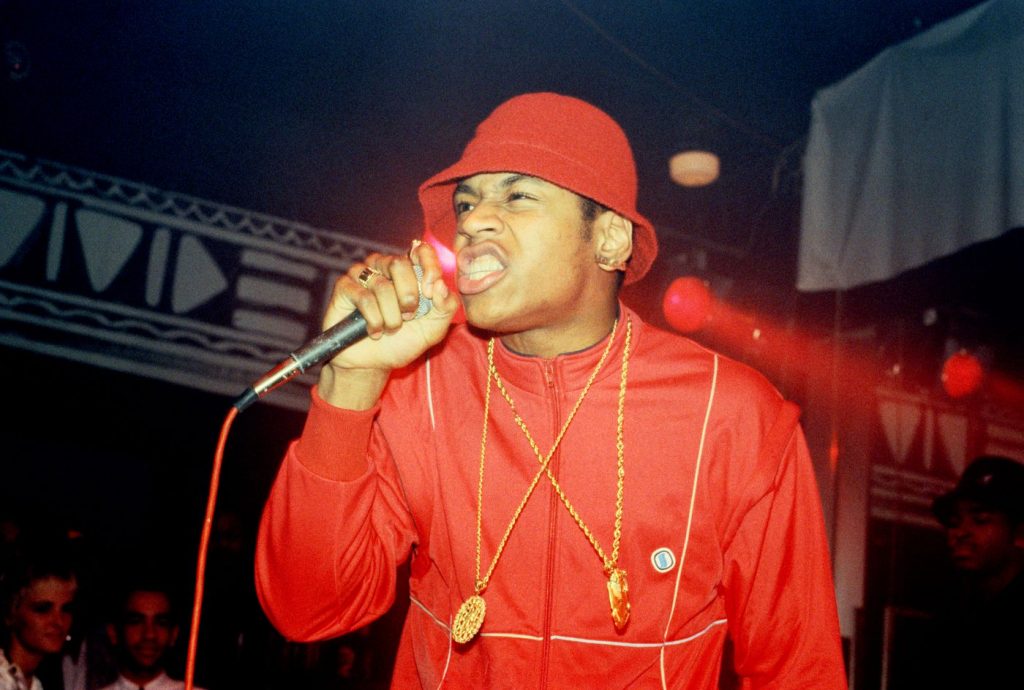
Artists such as Run Dmc and LL Cool J, wrapped in their hyper designer outfits, adidas jackets, Timberlands, Kangol hats, and gold chains, send a clear message: we made it.
Later, picking up the baton of the “New School” would be two figures fundamental to the history of Rap, populating the ranks of rival and diametrically opposed crews: on one side the East Coast with Notorious B.I.G., on the other the East Coast with 2Pac.
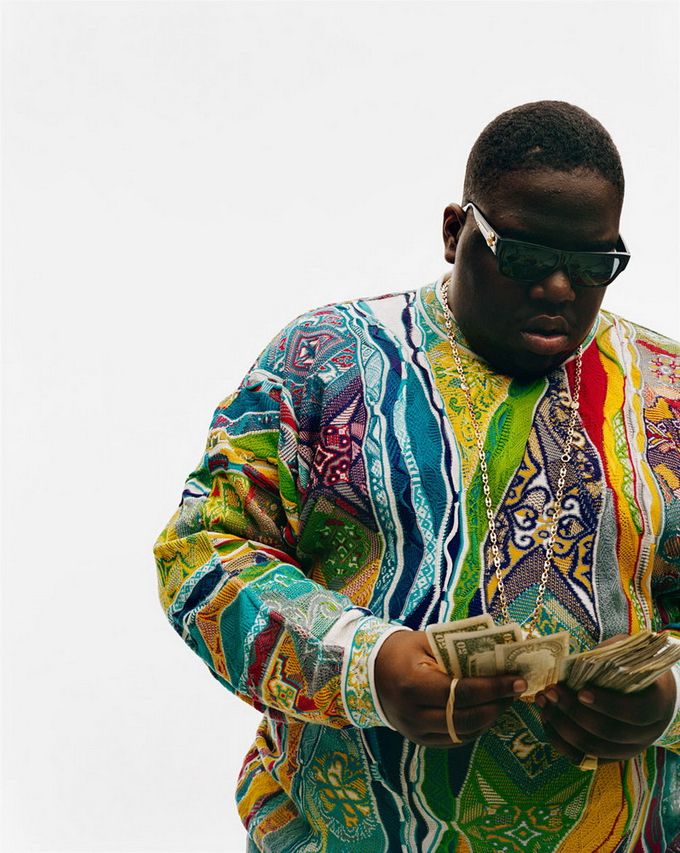
The 2000s saw a proliferation of the genre in the mainstream market: from the back alley of one’s neighborhood, Hip Hop rose to the top of the world charts.
New rappers challenged each other to the sounds of Dissing and Bars, but enemies were no longer to be found within the ranks of the rival Crew, but rather among the names at the top of the Pop Music charts.
